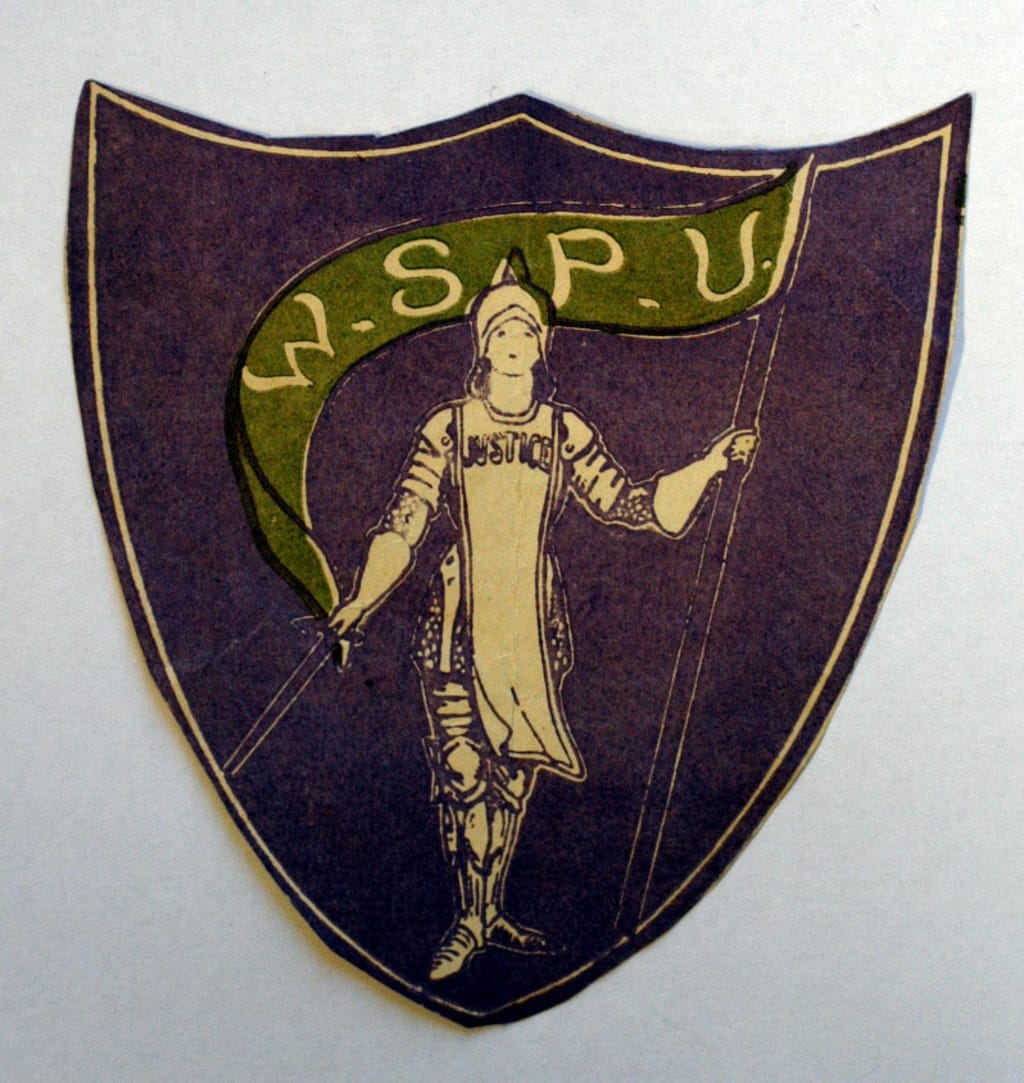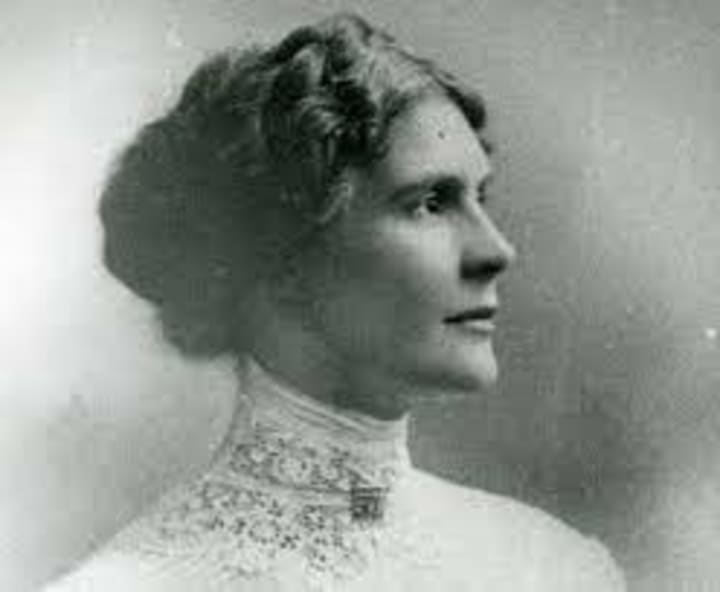Leonora Cohen
The Tower of London Suffragette

Whilst watching a program about The Tower of London, a name was mentioned I had never heard of — Leonora Cohen. Like you, I asked the question: “Who?” I found the answer to be quite interesting.
Leonora Throp was born on 15th June, 1873, in Hunslet, Leeds. Her parents were Canova and Jane Throp. Her father was a sculptor who died of tuberculosis of the spine when Leonora was just five years of age, leaving her mother a widow caring for three children, Leonora and her two younger brothers. To help support the family, Leonora (who was already a good seamstress) apprenticed as a milliner, and it was whilst working as a millinery buyer, that she met Henry Cohen.
Cohen was a childhood friend who was the son of Jewish immigrants, and he himself worked as a jeweller’s assistant in central Leeds. Both families disapproved of them marrying but Cohen and Leonora married anyway, and the young couple had a son, Reginald, in 1902. The young family lived a fairly peaceful and comfortable life as Henry’s business in jewellery flourished.
Seeing her mother raise three young children alone had a marked effect on Leonora. Her mother would say: “If only we women had a say in things”, but back then women had no say and no power. Leonora later said: “A drunken lout of a man — had a vote simply because he was a male. I vowed I’d try to change things”. Her mother’s lack of ‘empowerment’ and all the struggles she had to go through, simply because she was a woman, sowed the seeds of being a suffragette in Leonora.
Leonora’s husband was supportive of his wife’s ‘fight for women’s rights’. Whilst in her first job as a milliner, there was a campaign for better working conditions for women, which affected Leonora and her view of the treatment of women in the working world. Leonora joined the “Women’s Social and Political Union” (WSPU) in 1909 and she became a personal bodyguard to Mrs.Pankhurst. Leonora was put in prison three times as a member, the first time for seven days in Holloway Prison (in 1911) for throwing a stone at a Local Government Board window.

“When I had to do any militancy I nearly died with fright because I hated anything that was, well, anything whatever to do with confrontation or disturbance of any sort I would run a mile. If I saw a crowd on the other side of the street I should go the other way”. (Leonora Cohen)
From 1912, the motto of the suffragettes became ‘deeds not words’, and they began to break the law, use violence and even go on hunger strikes. Leonora began to follow these bold steps and her family supported her but not her friends, with some even writing hate mail and her son being bullied at school.
As part of a wider WSPU campaign for breaking windows, Leonora decided to go one step further. In 1913, she visited The Tower of London and threw a metal bar into a case holding the Order of Merit in the Jewel House. Not surprisingly, she was arrested and charged. She wasn’t interested in stealing, Leonora just wanted to make a point. Defending herself (and with her husband’s help), Leonora was acquitted, proving that the damage done was worth less than £5. From this, she became known as the “Tower Suffragette”.
The couple moved to Harrogate and established a vegetarian boarding house, where they gave refuge to suffragettes who were fleeing from the police. Leonora was given a “hunger Strike Medal” for ‘valour’ by the WSPU for one of the times when she was imprisoned and actually went on hunger strike.
Leonora Cohen lived to be 105 years of age, dying in 1978, but she continued to fight for women’s rights all through her life, even contributing to the ‘second wave of feminism’ in the 1970’s. She donated her scrapbook to Abbey House Museum, Leeds, and it is full of articles about the suffragettes, and (perhaps) gives us more of an insight into what inspired Leonora into fighting for women’s rights.
The “Tower Suffragette” was Leonora Cohen and now we know who she was and how she ‘added’ to the “WSPU”.
For more articles on "Women in History", go to: https://sarah-s-story-book.webnode.co.uk/women-in-history/
About the Creator
Ruth Elizabeth Stiff
I love all things Earthy and Self-Help
History is one of my favourite subjects and I love to write short fiction
Research is so interesting for me too






Comments
There are no comments for this story
Be the first to respond and start the conversation.